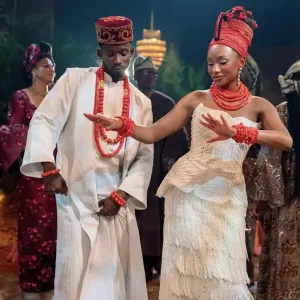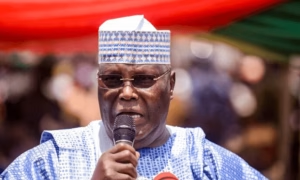In the bustling streets of Morocco, a transformation is underway. Amidst a tapestry of diverse cultures and nationalities, the country is redefining its approach to migration. While neighboring nations often grapple with hostile policies towards African migrants, Morocco has chosen to tread a different path – one that champions inclusion and economic prosperity.
Khady Hair, a salon in Agadir, exemplifies this shift. Its Senegalese owner, Khady Wade Baldé, has defied stereotypes and built a successful business that employs Moroccans, Senegalese, and Ivorians. Her journey reflects the evolving landscape of Morocco, where an estimated 70,000 African migrants have found a foothold. This demographic shift has positioned Morocco as an increasingly attractive destination for migrants, especially from West Africa.
Notably, Morocco’s migration policies are underlined by a 2014 National Strategy on Integration and Asylum. Embracing a progressive outlook, the strategy ensures access to public services for regular migrants and extends some benefits to the unregistered. Additionally, large-scale regularization campaigns have provided formal status to over 50,000 migrants, fostering a sense of belonging within the country.
While Morocco’s official stance has garnered international acclaim, challenges persist. Migrants still grapple with prejudice and discrimination in their day-to-day lives, reflecting the complexities of societal integration. However, Morocco’s diplomatic overtures toward African nations and its strategic positioning in the African Union showcase a broader geopolitical narrative at play.
Notably, Morocco’s migration approach aligns with its economic interests. As the country grapples with labor shortages in sectors that Moroccans are increasingly unwilling to enter, migrant workers have played a pivotal role in sustaining key industries. From the agricultural sector to strategic call centers, migrants have become integral to Morocco’s economic tapestry, contributing to approximately 9% of the country’s GDP.
Beyond economic contributions, stories like that of Racine Ba, who found a new life in Marrakech and actively integrated into the community, challenge prevailing migration narratives. Similarly, media initiatives like Attaches Plurielles seek to spotlight the success stories of African migrants, amplifying their positive impact on both Morocco and their countries of origin.
However, Morocco’s migration narrative intersects with complex geopolitical dynamics, notably its quest for international support in the Western Sahara dispute. While Morocco maintains an open southern border, it has fortified routes to Europe, highlighting the nuanced interplay between migration policies and diplomatic objectives.
As Morocco continues to navigate the complexities of migration, it stands at the crossroads of transformation and inclusivity. Its proactive approach not only fosters economic vitality but also exemplifies a paradigm shift in redefining the narrative of African migration.




